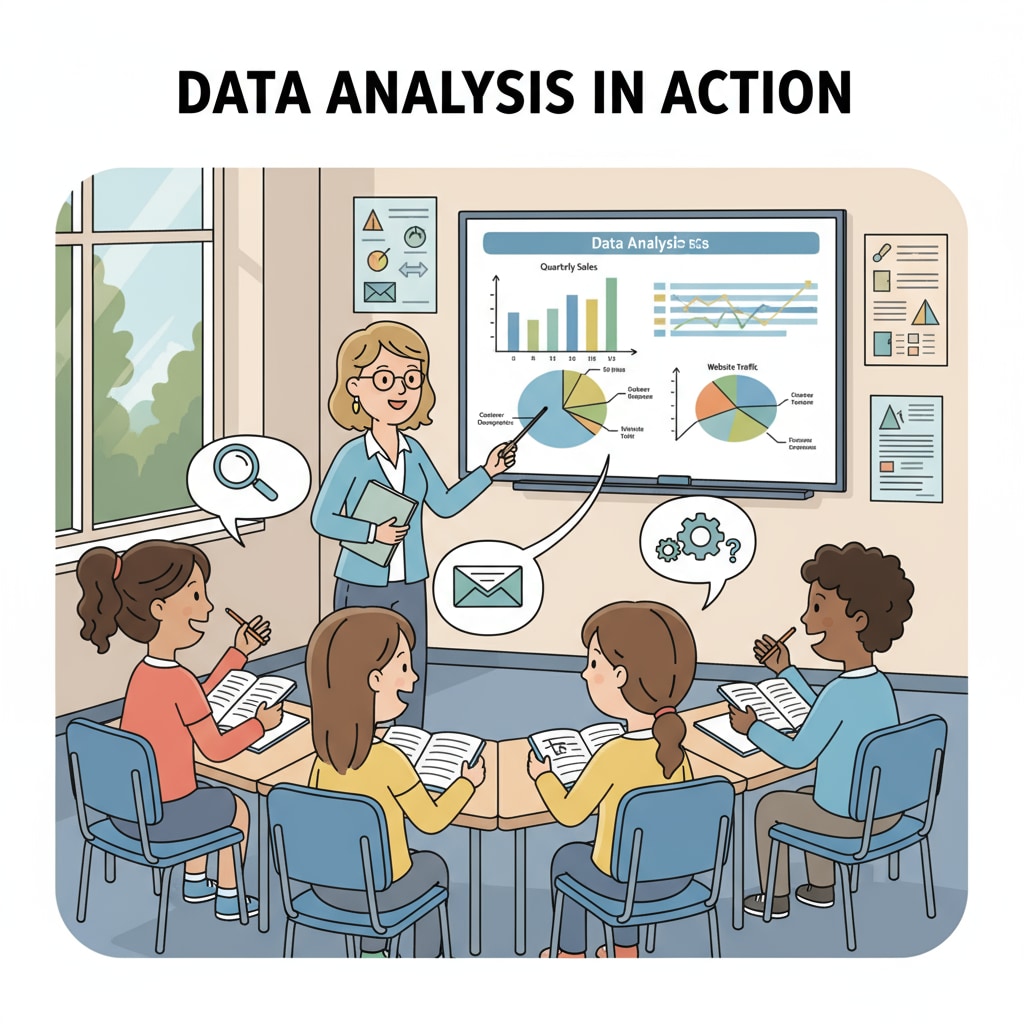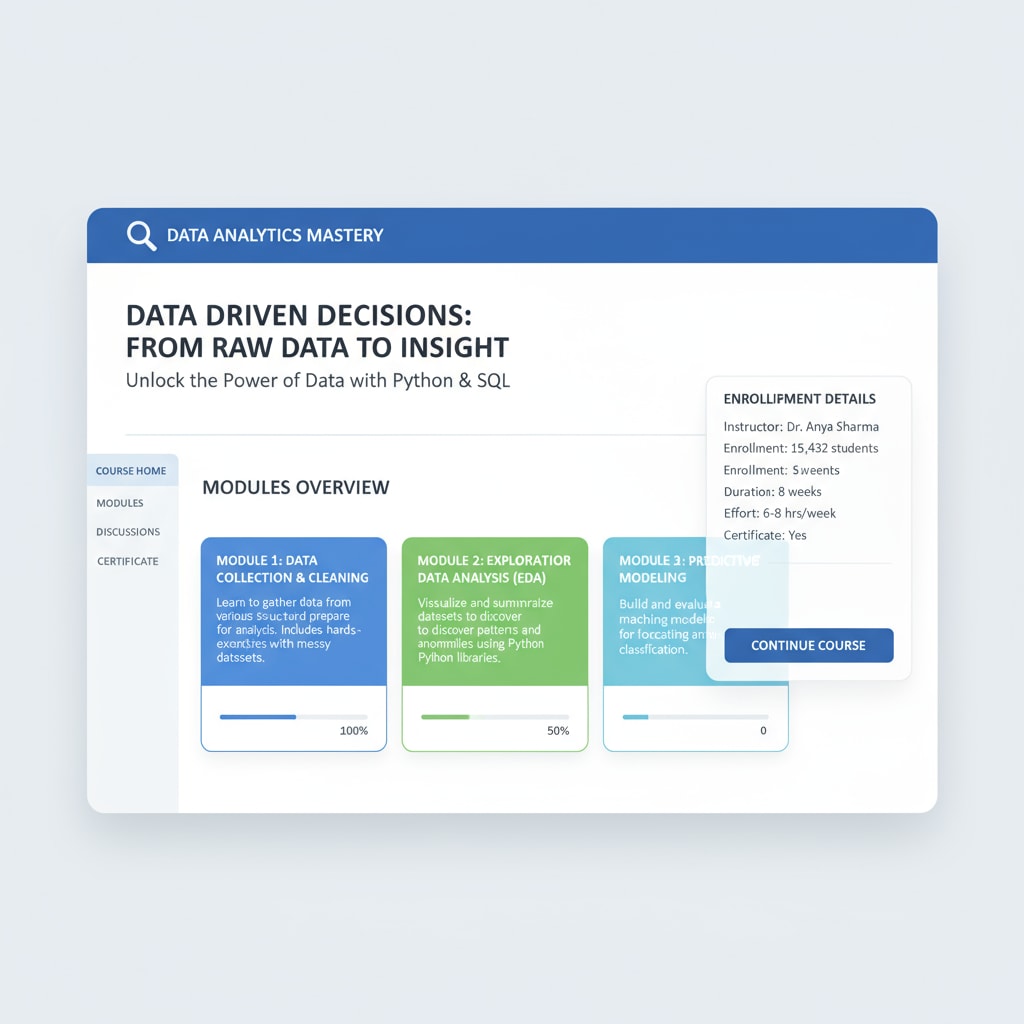In the age of big data, data analysis has become an indispensable skill. The search for data analysis, free courses, and learning resources is especially crucial for K12 education. As our world becomes more data – driven, equipping K12 teachers and students with data literacy is essential for creating future – ready digital citizens.

The Imperative of Data Literacy in K12 Education
Data literacy is not just about numbers; it’s the ability to understand, analyze, and communicate data effectively. In K12 education, it serves as a new cornerstone. Students who develop data literacy can make informed decisions, solve problems, and think critically. For example, in science classes, they can analyze experimental data, and in social studies, they can interpret survey results. According to ISTE’s Standards for Students, data literacy is an integral part of preparing students for the digital world.
Free Online Platforms for Data Analysis Learning
There are several excellent free online platforms. Khan Academy offers a range of data – related courses suitable for K12 learners. Their lessons cover basic data concepts like mean, median, and mode, as well as more advanced topics such as data visualization. Coursera also has free courses, some of which are led by renowned universities. These courses provide structured learning paths. Another great resource is edX, which offers a variety of data analysis courses from different institutions.

These platforms offer video lectures, interactive exercises, and discussion forums. Students can learn at their own pace, and teachers can incorporate these materials into their lesson plans. In addition, many of these courses come with certificates, which can boost students’ confidence and motivation.
Open Educational Resources (OERs) for Data Analysis
Open Educational Resources are a treasure trove of free learning materials. Websites like OpenStax provide textbooks and study guides on data analysis. These resources are peer – reviewed and can be used in the classroom or for self – study. OER Commons also offers a wide range of data – related materials, including lesson plans, activities, and assessments. Teachers can adapt these resources to suit the needs of their students.
Using OERs, educators can save costs while providing high – quality learning experiences. Moreover, these resources can be customized, allowing for a more personalized approach to teaching data analysis.
Utilizing Free Software for Hands – on Learning
Software like Google Sheets is a great tool for hands – on data analysis. It’s free, easy to use, and has many built – in functions for data manipulation and visualization. Microsoft Excel also offers a free online version. Students can import data, create charts, and perform basic statistical analyses. R and Python, although more advanced, also have free environments. There are many online tutorials and communities that can help K12 students get started with these programming languages for data analysis.
By using these software tools, students can gain practical experience in data analysis, which is essential for understanding real – world data scenarios.
In conclusion, the availability of data analysis, free courses, and learning resources provides a great opportunity for K12 education. By leveraging these resources, teachers can cultivate data – literate students who are well – prepared to thrive in the data – driven future. As we move forward, it’s important to continue exploring and integrating these resources to enhance the quality of education and empower the next generation of digital citizens. Education on Britannica
Readability guidance: We’ve used short paragraphs and lists to summarize key points. Each H2 has relevant content presented in an organized manner. Passive语态 has been minimized, and transition words like ‘for example’, ‘in addition’ have been used throughout to enhance readability.


